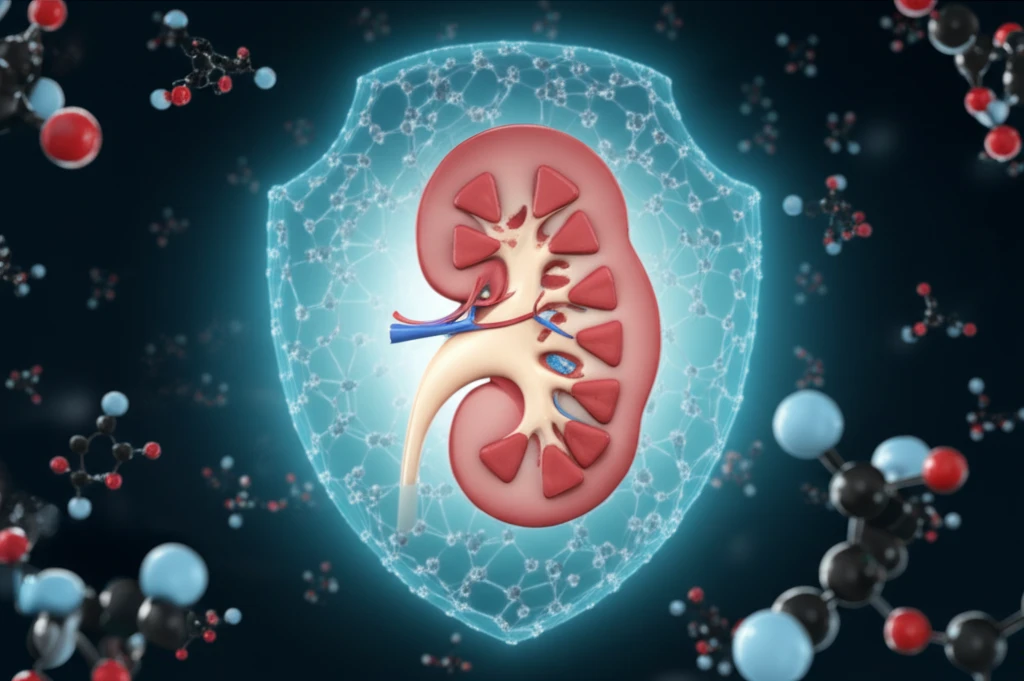
Losartan: Unlocking the Secrets of This Kidney-Saving Drug
"Dive into the world of Losartan, the first of its kind AT1 receptor blocker, and discover how it's transforming the lives of chronic kidney disease patients."
In the realm of pharmaceuticals, some medications quietly revolutionize healthcare, becoming indispensable tools in managing chronic conditions. Losartan, the first AT1 receptor blocker (ARB), is one such drug. Approved by the FDA, Losartan has been a game-changer, especially for individuals grappling with chronic kidney disease.
This isn't just another drug; it's a beacon of hope for those navigating the complexities of hypertension and renal disease. From decreasing proteinuria to slowing the progression of diabetic nephropathy and reducing stroke risk, Losartan's benefits are extensive and well-documented. But what makes Losartan stand out from other ARBs? Let's explore.
While many of Losartan's advantages are shared among ARBs, it possesses unique pharmacokinetic and pharmacodynamic characteristics. These include a shorter duration of action, a uricosuric effect, and the ability to attenuate platelet aggregation, setting it apart from its counterparts. Understanding these distinctions is key to appreciating Losartan's full potential.
What Makes Losartan a Powerful Ally for Kidney Patients?

Losartan's impact on the kidneys is profound, influencing hemodynamic, electrolyte, and fluid balance regulation. To fully grasp its effects, it's essential to understand the local effects of the renin-angiotensin-aldosterone system (RAS) and, particularly, the role of AT1 receptors within the kidneys.
- Reduced Mesangial Cell Contraction: All causes mesangial cell contraction, decreasing the glomerular filtration rate (GFR). Losartan can counteract this effect.
- Improved Renal Autoregulation: In pathological states, Losartan improves the impaired autoregulation caused by chronic RAS activation.
- Decreased Renal Fibrosis: All promotes extracellular matrix deposition in the mesangium, contributing to renal fibrosis. Losartan can help mitigate this process.
- Reduced Inflammation: Losartan decreases leukocyte proliferation and blocks the upregulation of adhesion molecules, reducing inflammation within the kidneys.
Losartan: A Cornerstone in Kidney Disease Management
Losartan has proven to be a valuable asset in managing hypertension, decreasing proteinuria, slowing the progression of type 2 diabetic nephropathy, and reducing stroke risk. Its impact on surrogate markers such as platelet aggregation, uric acid levels, and left ventricular hypertrophy further solidifies its importance. Despite being considered a weaker angiotensin receptor blocker, Losartan has demonstrated remarkable outcomes and should remain an active part of our therapeutic options, especially with its impending availability as a generic medication.
